It’s not unusual for photographers, both pro and amateur, to find themselves stuck in a creative rut. Nor is it uncommon for photographers to want to try something new. If you find yourself occupying your own rut, or if you’re just looking for some sort of new inspiration, consider trying some unconventional means.
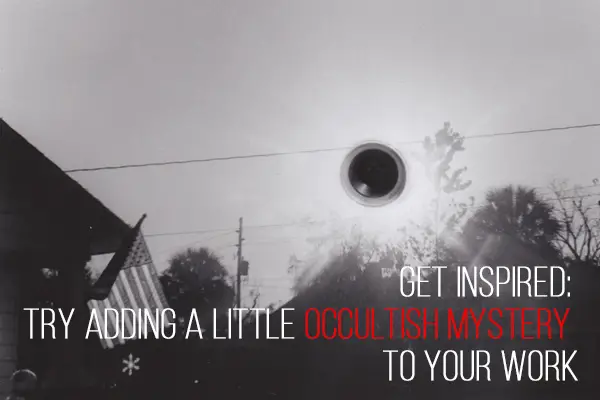
I’m not suggesting you try invoking some ancient pagan deity to grant you mystical inspiration. But you can make some people wonder if you stumbled upon some strange circumstance and happened to have your camera with you.
I happen to be a big fan of photos that elicit a sense of awe and wonder from me. And I do admittedly have a bit of a dark streak when it comes to art. That’s not to say that I seek out or look to create gruesome or macabre images. But I do like photos that hint at the possibility of something sinister going on just out of frame.
So if that’s also your cup of tea, or if I’ve managed to make you curious, here are some ideas on how to find mystical inspiration, as well as some new tricks you might try.
Hint at a Narrative
One of the most effective things you can do to make your photograph more mysterious is to suggest that there’s more going on that what the image shows. You might even start out with a vague (or specific, if you want) story in your head, then try to give your audience some small glimpse into whatever your story is.
Photo by Chris Ford
If done right, this approach can make your viewers curious as to what’s going on. The idea here is not to tell a story, but to give your audience the impression that a story is happening. Their imagination will take hold and attempt to write a narrative for them.
Look to Nature
Much of what we think of when we think of old magic and occultism comes from ancient pagan ways, which included a reverence for nature. As such, taking your camera for a walk through the woods might provide you with a wealth of subject matter to photograph.
Photo by Chris Ford
And don’t be afraid of getting dirty. This is the sort of photography trip wherein you find yourself lying in dirt at some point. Try to find bits and pieces of nature that you don’t normally take notice of. Which brings me to my next point.
Find hidden spots
As a child, I felt compelled to find hiding spots, not (necessarily) to escape my parents’ anger over something wrong I’d done, but just because it was comforting to know about some space that no one else was aware of. I believe this is a common trait among children, and it’s something that can evoke a sense of wonder and curiosity in adults.
Photo by Chris Ford
In that spirit, search out spots that aren’t apparent to you when you’re going about your daily business. Look for strange and interesting things hidden behind shrubs and in old sheds. The world is full of places like these, and they can make for some great photos.
Collages
This one is easy. Often, a sense of wonder and curiosity can be generated within your viewer by presenting him or her with a set of images collaged together. These might be completely different images, or they might be variations on a single theme, or they could be a series suggesting action or movement.
Photo by Chris Ford
Double exposures
The trick of using double exposures to produce ghost-like images is an old one, but still definitely a good one. And they’re pretty easy to create using almost any photo editing program. You just use one image as a base layer, then add a second image on top of the first. After that, you adjust the opacity of your top image and line it up where you want it to be.
If you’re planning on adding a ghostly figure into a scene, you can take two photos: one without the ghostly person, then a second with him or her. Make sure you use a sturdy tripod, and a remote shutter trigger would help as well. This is to ensure the camera doesn’t shift between shots.
Photo by Chris Ford
Use frames and vignettes
Normally, I’d add frames and vignettes to my list of photo tricks I’m not fond of, but there is, as they say, a time and a place for everything. If you’re trying to give your photo the appearance of being old and worn, though, adding a frame or a vignette might just be the added touch it needs.
Photo by Chris Ford
I shot the above photo of a cat walking across a table on black and white film and produced the image in a darkroom with a photo enlarger. When I used to do that (Oh, how I wish I still had access to a darkroom), I’d normally crop out the edge, which was produced by the carriage used to hold the photo paper in place when exposing it to the negative. But with this particular image, the old, jagged border works well, I think.
Use Black and White
This one is another simple trick that can help transform you image into something a little dark and mysterious. Just remember, it’s typically best to shoot everything in color and convert your images to greyscale (a fancy word for black and white) in an editing program.
That is, unless you decide to shoot black and white film. If you’re curious about how to get into film photography, I’ve got a guide to help you get started.
Use long exposures
This is another fun, but still fairly simple, trick to try. Just like double exposures, all you really need is a sturdy tripod. You can try this at night, using a handheld light, like a flashlight or glow stick, to paint ghostly images in the dark.
Photo by Chris Ford
These are, of course, just a handful of suggestions to help nudge you along. The possibilities are as open as your imagination is. The biggest trick, though, is to get your camera in your hands and start capturing anything you see that appears eldritch or other-worldly.

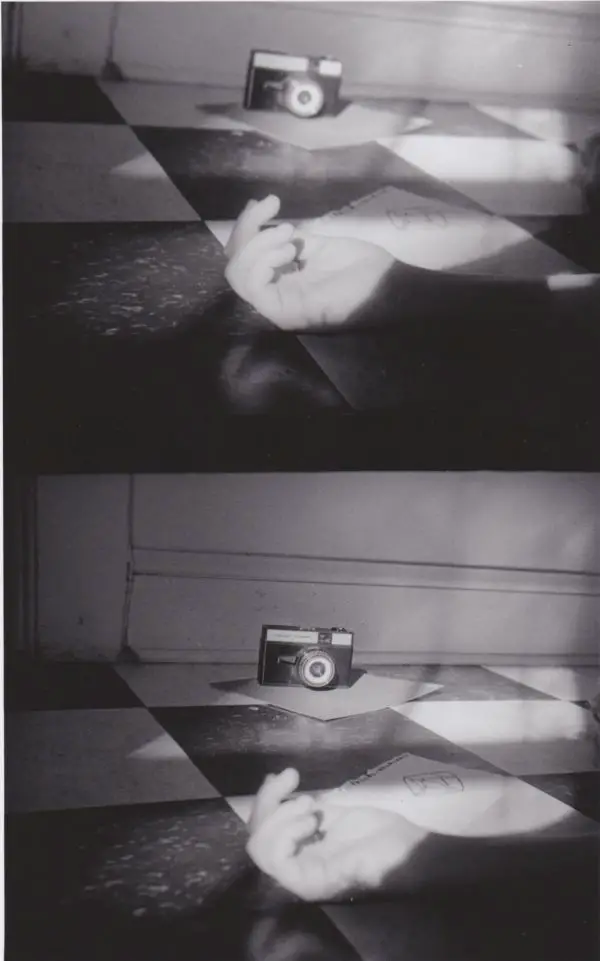
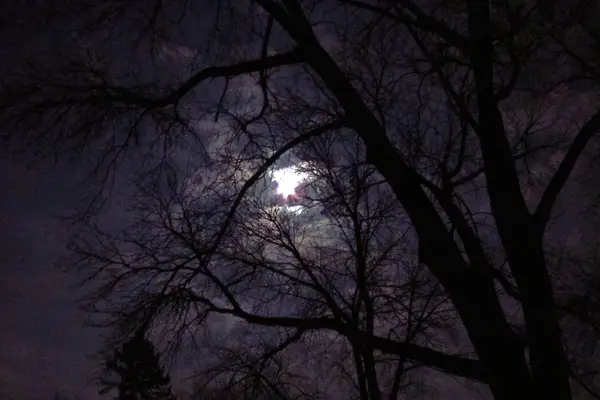
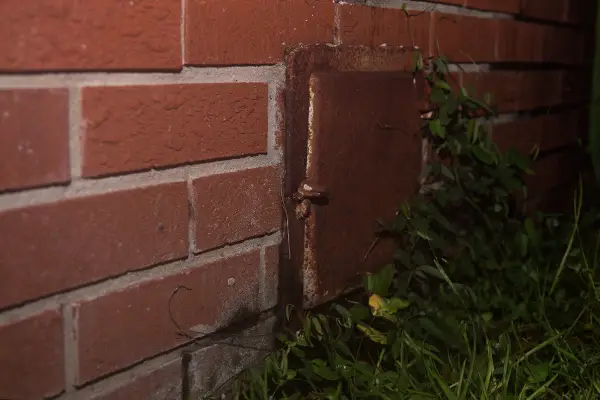

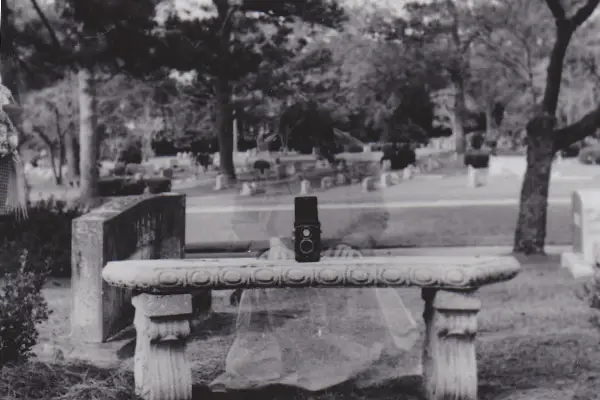
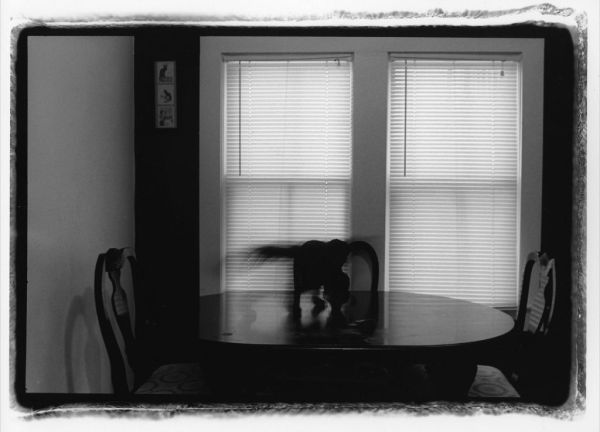
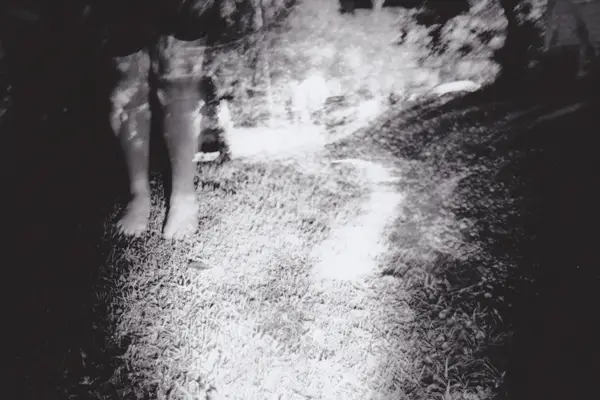








0 comments